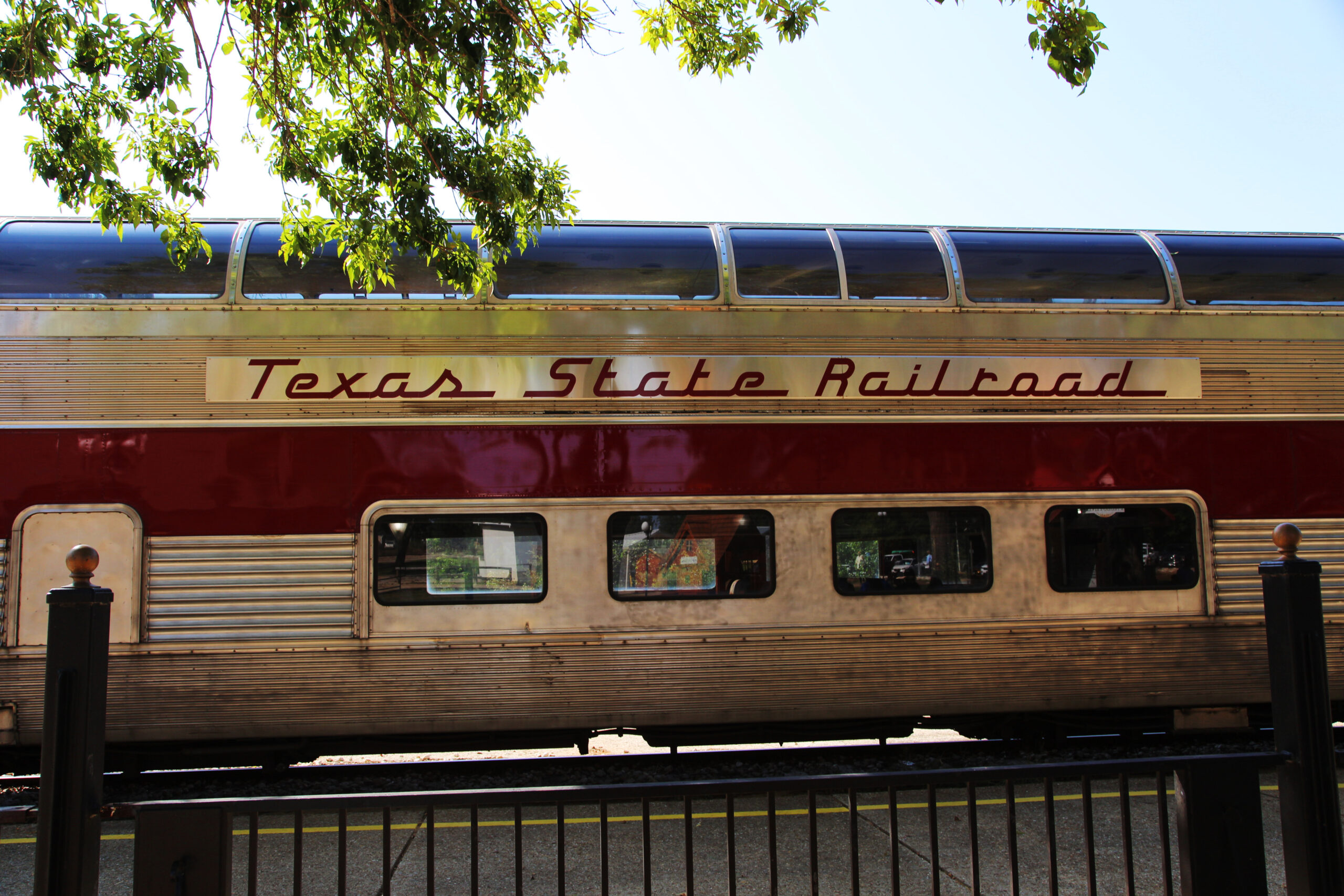Meteorologists with the National Weather Service Brownsville/Rio Grande Valley station said they expect a warmer and drier than normal weather pattern to persist from January through March.
A major culprit is La Nina, emerging over the equatorial Pacific Ocean in late December into early January, they said, adding that “intra-seasonal variability” will still be in play going into 2025 despite the warmer-than-normal forecast.
That means it might still get cold. The NWS cited a “low, but notable chance for a hard freeze and/or some icing” in parts of the Valley between mid-January and mid-February. The probability of that occurring is 20-30% — down from 40% in the NWS’s previous three-month outlook.
 Icicles form on the International Friendship fountain after over night temperatures fell below freezing at Archer Park on Saturday, Dec. 24, 2022, in McAllen. (Joel Martinez | jmartinez@themonitor.com)
Icicles form on the International Friendship fountain after over night temperatures fell below freezing at Archer Park on Saturday, Dec. 24, 2022, in McAllen. (Joel Martinez | jmartinez@themonitor.com)The NWS outlined primary concerns winter and early spring, chief among them continued record to near-record low combined water storage levels at Amistad and Falcon international reservoirs, which means continued restrictions on agricultural and municipal water use.
Also, the likelihood of dryness and expanding drought conditions, combined with large amounts of grass and brush, increases the odds of wildfire “growth and spread,” according to meteorologists.
As for the chances of a colder first 15 days of 2025, interplay between oceanic and atmospheric factors will open the door for cold air intrusions into the Lower 48 states despite a strong, intact polar vortex — a massive, long-lasting, rotating low-pressure system located near the north or south pole, particularly in winter, the NWS said.
“The first cold snap, including for deep South Texas and the RGV, looks to be in the Jan 1-4 period,” according to the meteorologists’ outlook. “Nothing extreme at this point, but a change from the near-record warmth to close the year.”
The NWS said there are signs that cold air could linger over parts of the Lower 48 during the first full week of January. Unknown is how far south any cold intrusion would extend and exactly how low temperatures could get for the Valley, with computer models so far offering mixed results at best, according to meteorologists.
“Regardless of whether we get a freeze or not, it will come as a shock to the system given how anomalously warm it has been,” they said. “Going into the second full week of January, confidence is lower for cold air as temperatures may begin to moderate across the Lower 48.”
 A field of cotton is dotted with blooms Thursday, June 22, 2023, on U.S. Highway 77 in San Benito. (Denise Cathey/The Brownsville Herald)
A field of cotton is dotted with blooms Thursday, June 22, 2023, on U.S. Highway 77 in San Benito. (Denise Cathey/The Brownsville Herald)Key points identified by the NWS include medium to high confidence that January through March will remain warmer and drier than normal; that the window for rain to refill the reservoirs has closed as the dry season has kicked in full swing; and that it’s close to certain that combined water storage levels will remain at or near record lows through March.
Confidence is likewise high for a “warm and largely rain-free start to 2025,” meteorologists said. On the plus side, December’s rainfall was well above average — among the top five on record — for Cameron and Willacy counties, thanks to significant rainfall events on Dec. 3 and Dec. 6, according to NWS.
“On the flip side, rainfall production was limited for the mid/upper Valley, and water tables are likely being impacted from Hidalgo to Zapata County,” meteorologists said. “That said, water tables and underground water reserves remain in a better position to handle the dry season over portions of Cameron and Willacy counties due to heavy rains in September, October and early December.”
The post Chances for a hard freeze in Valley falling; warm weather to persist appeared first on MyRGV.com.
 (2).png)
 16 hours ago
13
16 hours ago
13








 English (US)
English (US)